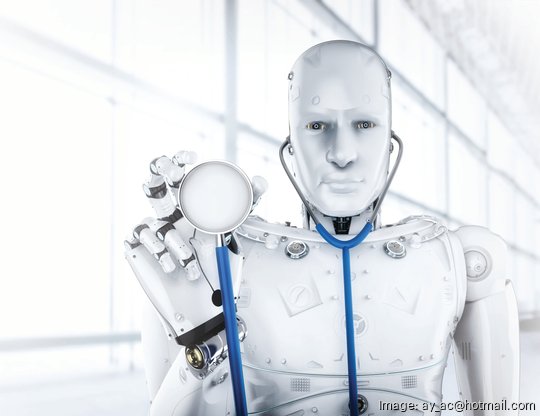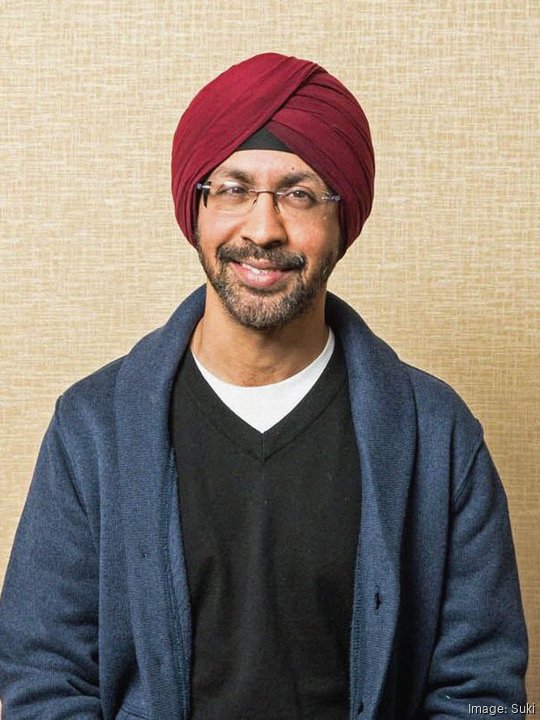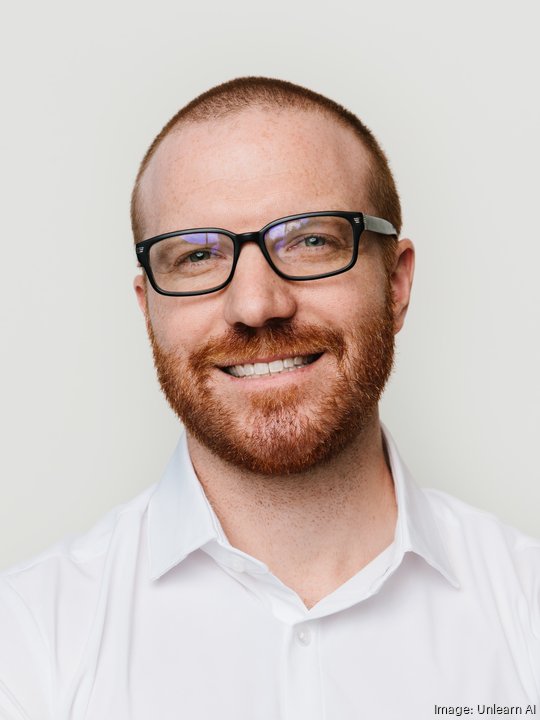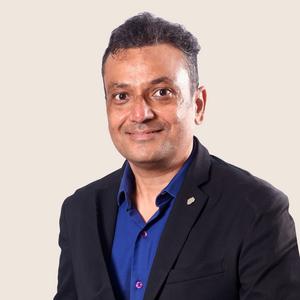
Not for the first time, artificial intelligence (AI) is being presented as health care’s great hope — or its great hype. It is all thanks to the insurgence of generative AI, a technology that can rapidly produce text, images and data, made popular by the chatbot ChatGPT.
With its uncannily human-like responses, ChatGPT has enlivened the imagination of its users and brought forth chatbots that are able to create poetry and essays, and even pass complex medical exams. It hints at a sci-fi future where the doctor will be replaced entirely by a machine capable of assuaging patients with pinpoint accurate diagnoses and superhuman surgical abilities.
More realistically, chatbots and the generation of novel information is being positioned as a potential salve for the many intractable problems in health care, including an aging population, labor shortages in the medical profession and doctor burnout.
Large corporations like Microsoft and Google are pouring resources into health-focused versions of generative AI chatbots, seeing dollar signs in an industry that accounts for 20% of GDP in the U.S. Meanwhile, smaller startups are innovating use cases, finding ways to make its systems more efficient through chatbots, data generation and AI-assisted claims.
Google’s newly unveiled chatbot Med-PaLM 2 can reportedly pass a medical exam with a 85% score, while OpenAI’s ChatGPT can also pass at a lower score. Its next iteration, GPT-4, has been shown to score even better. Microsoft, through its deep partnership with generative pioneers OpenAI, is incorporating GPT-4 into the tech of one of its subsidiaries, Nuance, with its Dragon Medical Virtual Assistant.
This is not the first time that the health care system was on the brink of an AI renaissance. Notoriously, IBM launched Watson Health, the health care arm of its Watson supercomputer, with promises that a computer that could diagnose diseases, offer real time advice to doctors and hunt for drugs all on its own. The decadelong project eventually fizzled and Watson Health was sold off for parts to a private equity firm in 2022, causing clamors that another AI winter was inbound for health care.
But thanks to the popularization of large language models and the invention of the transformer, a deep learning neural network that has helped accelerate the capabilities of AI models, a new wave of companies are taking a crack at innovating the health care space.
While many involve chatbots used to assist doctors, others are using generative AI to create data or simply make the administrative burden on doctors easier.
A doctor’s best friend
In Redwood City, startup Suki is developing a chatbot that can help doctors behind the scenes by automating administrative tasks and transcribing notes from patients.
“Think of it like a Siri, but for doctors, and it will have many skills,” said Punit Soni, CEO of Suki.
The first skill, he says, is to be able to listen to doctors and write down clinical notes that can then be logged into a system. Then the AI would be able to put codes on these notes that are crucial to billing insurance companies. And then finally with the chatbot understanding the patient through the notes and coding, it can answer basic questions for the doctor like whether the patient is allergic to a certain medication.
“The bar in health care is high. You cannot be 90% accurate. You have to be really up there in terms of your accuracy,” Soni said. “And so the first thing we wanted to do was just be able to take a doctor’s voice and convert it into text. That’s simple, medically tuned speech recognition.”
Instead of using large language models with billions of parameters like those that power ChatGPT, Suki uses “narrowband” ones that pertain mainly to health care and information common in a doctor’s office to increase accuracy. ChatGPT and other generative AI chatbots have a habit of making up information known as “hallucinations.” In a medical context, these hallucinations could be deadly. To avoid these mistakes, Soni says that all the information generated by the AI must be verified, and edited if need be, by the doctor.

Soni says the No. 1 problem he is trying to solve with the chatbot is doctor burnout. By eliminating the bulk of the behind-the-scenes administrative work, he hopes doctors will have more time to focus on clinical care, or simply relax.
“When we go into a health system and deploy Suki, we usually guarantee that their administrative workload will decrease by 50%, and if it doesn’t, it’s a free pilot,” he said. “If you’re able to reduce that time, the doctors can see more patients, or go home and take care of their families, it’s up to them.”
Saving time also means saving money. Generative AI is taking on one of the most formidable problems in health care — increasing costs. A recent study by McKinsey and Harvard estimated that AI could save the U.S. medical system $360 billion a year, or up to 10% of costs.
However, many difficulties remain in the adoption of these AI models in health care.
James Jordan, distinguished service professor of health care and biotechnology at Carnegie Mellon University, says the fragmentation of the sector makes it difficult to implement AI, especially models that require large amounts of data.
“I think we’re going to start to see evolution particularly in the hospital where we have closed loop systems like radiology, interventional cardiology, orthopedics, general surgery,” Jordan said. “As those systems start needing to get more information to improve, we will start to see these systems reach out and connect.”
Use cases abound
Another company tackling the cost issue in health care is San Francisco-based Retrace. The company uses AI to make the communication between insurance companies and dental offices more streamlined by using language models to pour over reams of text and summarize it into coherent bite-sized chunks. While its main problem streamlines the administrative process for the dental office, its more buzzy generative AI product can create models of patients’ teeth and fill in potential gaps of bite wing X-rays that could result in claims being denied by insurance companies.
The company was founded by two doctors, CEO Ali Sadat and CTO Vasant Kearney, who met at UCSF, the former getting his doctorate in dental surgery at the time while the latter was in residency for radiation oncology physics.
“Once people start using AI, they begin taking it for granted really quickly like when you’re using AI to open your phones with facial recognition,” Kearney said. “It’s the same thing that is happening now with doctors and patients, and its not so obvious that AI is helping interpret their X-rays.”
Potentially one of the most beneficial uses for generative AI in health care lies in drug development.
Unlearn AI, another San Francisco company, is using the technology to create digital twins of patients in clinical drug trials. The generated twins can be used in simulations as a control group to effectively juice the numbers in studies with small sample sizes. This can be especially useful for studies of rare diseases with limited amounts of people suffering from the disease.
The technology can also drastically increase the time it takes to perform a clinical trial, says Charles Fisher, Unlearn’s CEO.

“The idea that you could bring your drug to market a year or two faster, that’s huge,” he said. “It’s important to patients because if a drug really works we want to be able to get it to people as quickly as possible, but the value prop to Big Pharma is enormous.”



